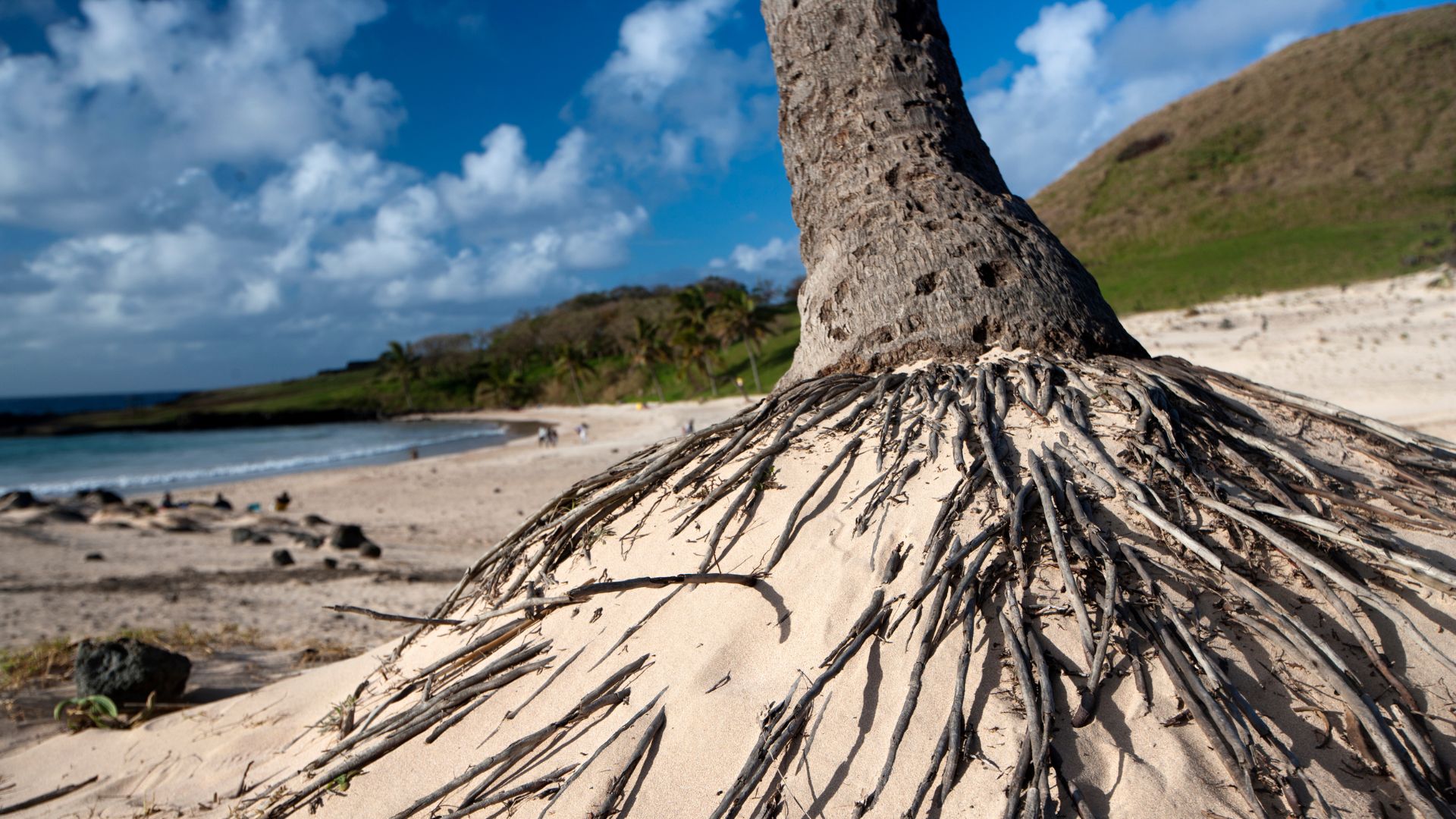Well, shit

Ryne Zehner, 29
Phoenix, AZ
"A man is dead after a palm tree fell and trapped him underneath it at a park near South Mountain.
On Thursday afternoon, Phoenix Fire crews received reports of a man trapped underneath a large tree at Highline Park near 12th Street and South Mountain Avenue.
When crews arrived it was determined the man was beyond help and was pronounced dead at the scene.
The man has been identified as 29-year-old Ryne Zehner."
"Ryne was walking in the park with another person [his caregiver] when the tree fell on top of him. The other person was not injured.
Family tells ABC15 Ryne was a resident at Hacienda Healthcare."
Does Hacienda Healthcare sound familiar?

 www.abc15.com
www.abc15.com
Very touching remembrances of him, have kleenex handy

 www.dignitymemorial.com
www.dignitymemorial.com
Ryne Zehner, 29
Phoenix, AZ
"A man is dead after a palm tree fell and trapped him underneath it at a park near South Mountain.
On Thursday afternoon, Phoenix Fire crews received reports of a man trapped underneath a large tree at Highline Park near 12th Street and South Mountain Avenue.
When crews arrived it was determined the man was beyond help and was pronounced dead at the scene.
The man has been identified as 29-year-old Ryne Zehner."
"Ryne was walking in the park with another person [his caregiver] when the tree fell on top of him. The other person was not injured.
Family tells ABC15 Ryne was a resident at Hacienda Healthcare."
Does Hacienda Healthcare sound familiar?

Man killed after large palm tree falls on top of him at park near South Mountain
On Thursday afternoon, Phoenix Fire crews received reports of a man trapped underneath a large tree at Highline Park near 12th Street and South Mountain Avenue.
Very touching remembrances of him, have kleenex handy

Ryne Zehner Obituary - Glendale, AZ
Celebrate the life of Ryne Zehner, leave a kind word or memory and get funeral service information care of West Resthaven Funeral Home.
 www.dignitymemorial.com
www.dignitymemorial.com


